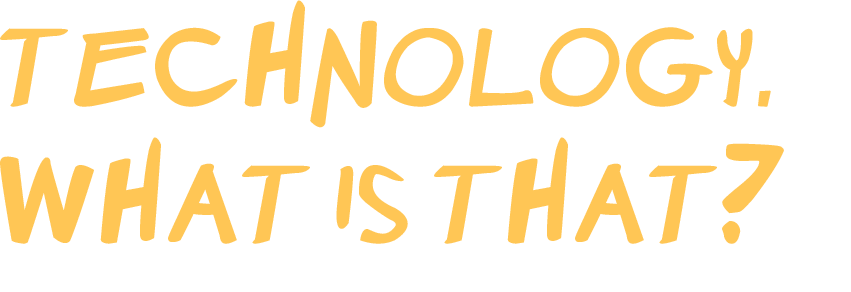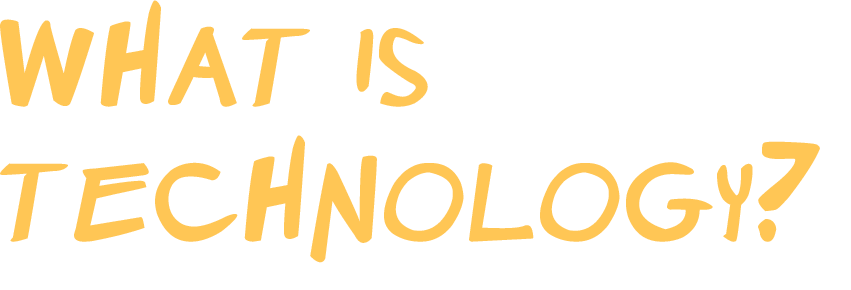Находясь на сайте, вы даете согласие на обработку файлов cookie. Это необходимо для более стабильной работы сайта
Let's talk about technologies in Shangri-la!
Share the longread


please read this article: The ontological force of technicity: Reading Cassirer and Simondon diffractively
Most of the things that surround us is an extraordinary example of such technology networks. The world of Shangri-la has changed due to technologies, are they supposed to give a salvation as well?
Even a jar of pickles is a network of technologies:
• preservation
• glass craft
• communication
• preservation
• glass craft
• communication

The word "technology" is originally Greek and means art, craft, technique. It's something practical: creation, making. Technologies are practical relations formed after multiple exercises and improvements. As a result, we have tools and artifacts that go with particular practices.
why do we need technologies?
 creating home, habitatFire symbioses cooking food and meeting around the hearth. the Hearth is the heart of a home, cooking started the development of people as a species. Fire is also connected with myths about technologies. Food techniques have produced many technologies, became the foundations of industrial chemistry and thermodynamics
creating home, habitatFire symbioses cooking food and meeting around the hearth. the Hearth is the heart of a home, cooking started the development of people as a species. Fire is also connected with myths about technologies. Food techniques have produced many technologies, became the foundations of industrial chemistry and thermodynamics improving people's physical abilities as bodily extensionsTechnologies articulate and extend human capacities. For example, a jet boat is another version of swimming or walking, it enables people to do it faster and changes both the environment and our perception
improving people's physical abilities as bodily extensionsTechnologies articulate and extend human capacities. For example, a jet boat is another version of swimming or walking, it enables people to do it faster and changes both the environment and our perception synchronizing abstract conceptsClocks and universal measurements preserve conceptual abstractions of space and time and provide short-term predictable results. It enables synchronized global technological development. Global trade would be impossible without synchronized clocks. We could not peacefully trade without agreeing on measurements
synchronizing abstract conceptsClocks and universal measurements preserve conceptual abstractions of space and time and provide short-term predictable results. It enables synchronized global technological development. Global trade would be impossible without synchronized clocks. We could not peacefully trade without agreeing on measurements providing the equipmentOne more technology is an environmental suit we see in "Shangri-la". Characters are equipped to deal with the world. These suits allow extending the character's bodily capacity when they leave the city and go into uninhabitable jungle. Of course, they only need this because technology has transformed the atmosphere and made the forest inhospitable
providing the equipmentOne more technology is an environmental suit we see in "Shangri-la". Characters are equipped to deal with the world. These suits allow extending the character's bodily capacity when they leave the city and go into uninhabitable jungle. Of course, they only need this because technology has transformed the atmosphere and made the forest inhospitable protectingSea walls prevent Duomo and Akihabara from flooding. They both contain and connect the city to the outside world. Being a boundary is an important aspect of this connection
protectingSea walls prevent Duomo and Akihabara from flooding. They both contain and connect the city to the outside world. Being a boundary is an important aspect of this connection creating infrastructureTechnologies are systems of support and transport (roads, bridges, wires, mobile phone towers) embedded and submerged in our lives as invisible networks
creating infrastructureTechnologies are systems of support and transport (roads, bridges, wires, mobile phone towers) embedded and submerged in our lives as invisible networks

SEA WALLS OF AKIHABARA

On the one hand, technologies extend human capacities; on the other hand, their consequences create new limitations. They preserve culture and give it conditions for flourishing
On the one hand, technologies extend human capacities; on the other hand, their consequences create new limitations. They preserve culture and give it conditions for flourishing



- This article contributes to contemporary philosophy of technology by carrying out a diffractive reading of Ernst Cassirer's "Form und Technik" (1930) and Gilbert Simondon's Du mode d'existence des objets techniques (1958)
- WIKIPEDIA ARTICLE
- Doctorow, Cory. Walkaways. Tor Books, 2017
Kirkus Best Fiction of 2017. From New York Times bestselling author Cory Doctorow, an epic tale of revolution, love, post-scarcity, and the end of death - Doctorow, Cory. Technology is making the world more unequal. Only technology can fix this. the guardian, 2017
The inequality of badly-run or corrupt states is boosted by the power of technology – but it's also easier than ever to destabilise these states, thanks to technology. The question is: which future will prevail? - William, Gibson. The Net. Rolling Stone, 1989
When William Gibson wrote his 1989 essay on "The Net" for Rolling Stone, he didn't own a personal computer. "I think it's safe to say that I was pretending to know what 'the Net' might be, when I wrote this," he confesses in a postscript in his new book, Distrust that Particular Flavor. "Was it something to do with this 'email' a few people seemed to know how to send between distant computers, or was it some more abstract expression of the totality of cyberspace? I think I opted for the latter, but phrased things in such a way as might seem I was better acquainted with the former than I actually was." Watch Gibson talk about the present and the future in our Motherboard interview - Larkin, Brian. The politics and poetics of infrastructure. Annual review of anthropology 42 (2013): 327-343
Infrastructures are material forms that allow for the possibility of exchange over space. They are the physical networks through which goods, ideas, waste, power, people, and finance are trafficked. In this article I trace the range of anthropological literature that seeks to theorize infrastructure by drawing on biopolitics, science and technology studies, and theories of technopolitics. I also examine other dimensions of infrastructures that release different meanings and structure politics in various ways: through the aesthetic and the sensorial, desire and promise - Robinson, Kim Stanley. How climate will evolve government and society
Humanity's adaptation to climate change will require novel, global cooperation and societal evolution. The award-winning science fiction author of 2312, the Mars Trilogy, and Aurora shares his vision for how the world must change in advance of his novel - Sterling, Bruce. How to be futuristic
We live in a very short now and here, since the flow of events in spacetime is mostly closed to human comprehension. But we have to say something about the future, since we have to live there. So what can we say? Being "futuristic" is a problem in metaphysics; it's about getting language to adhere to an unknowable reality. But the futuristic quickly becomes old-fashioned, so how can the news stay news?
JOIN THE COURSE CHAT!









